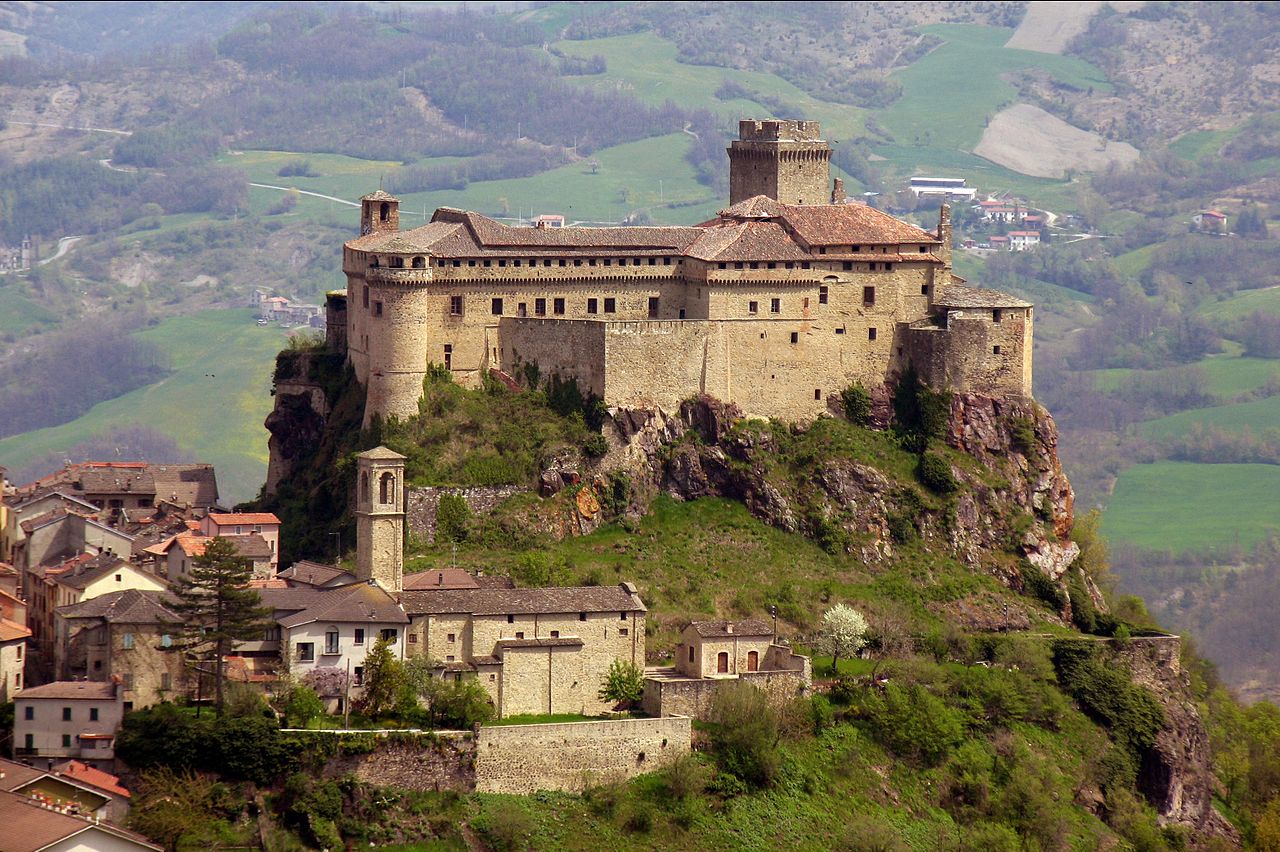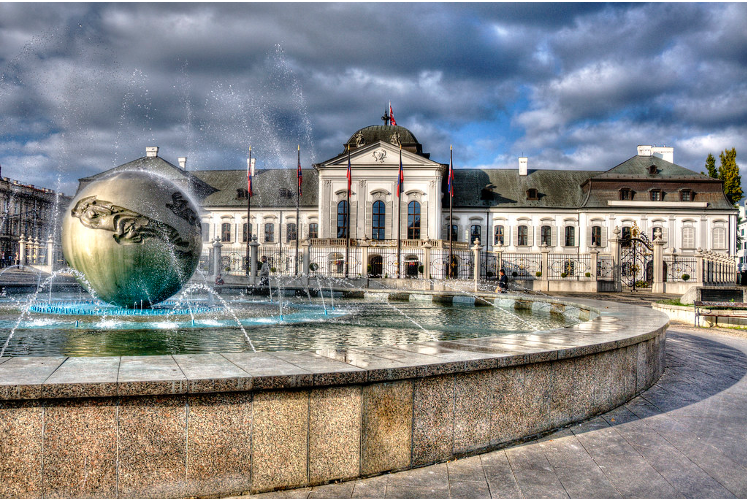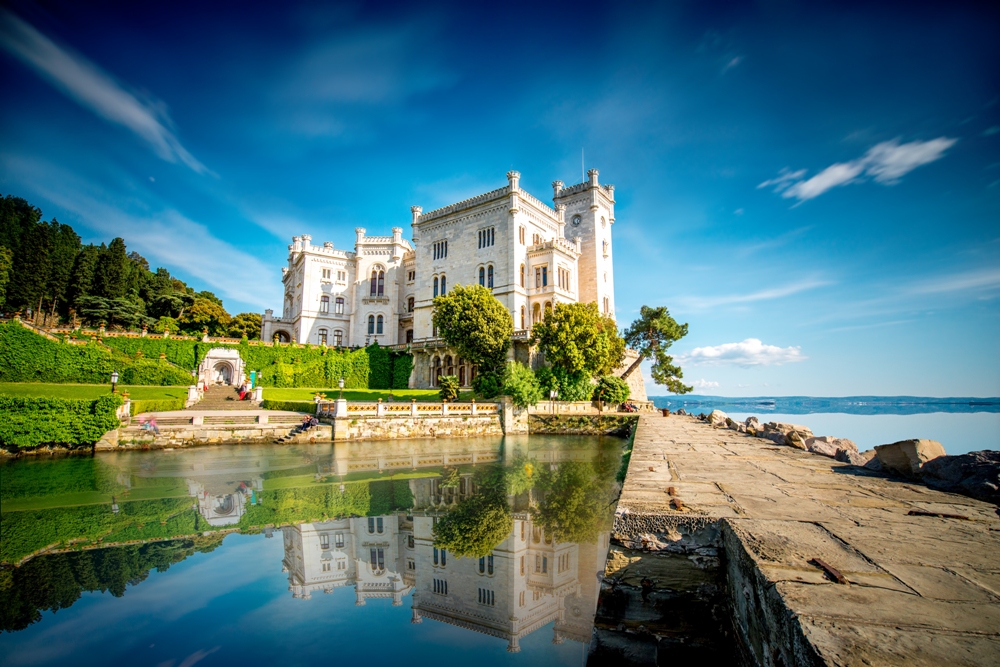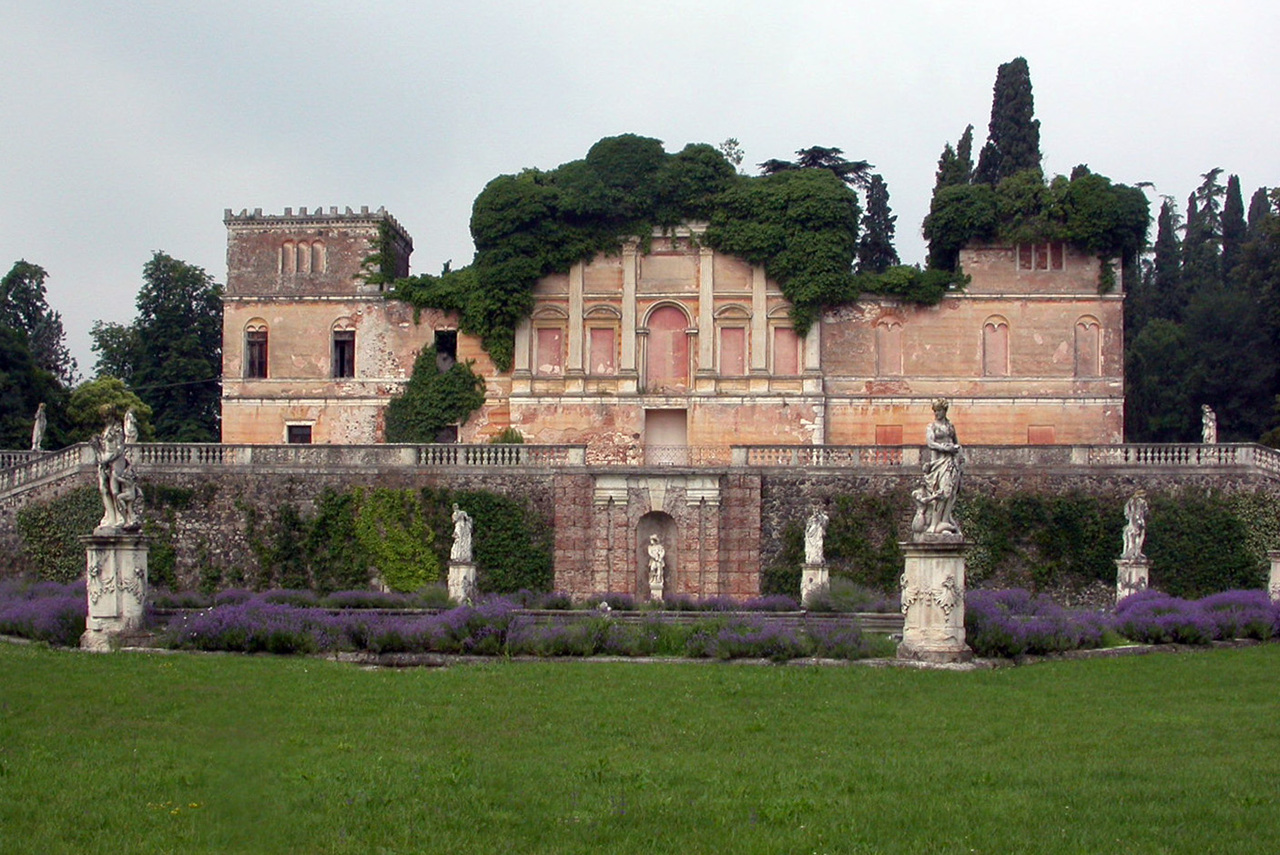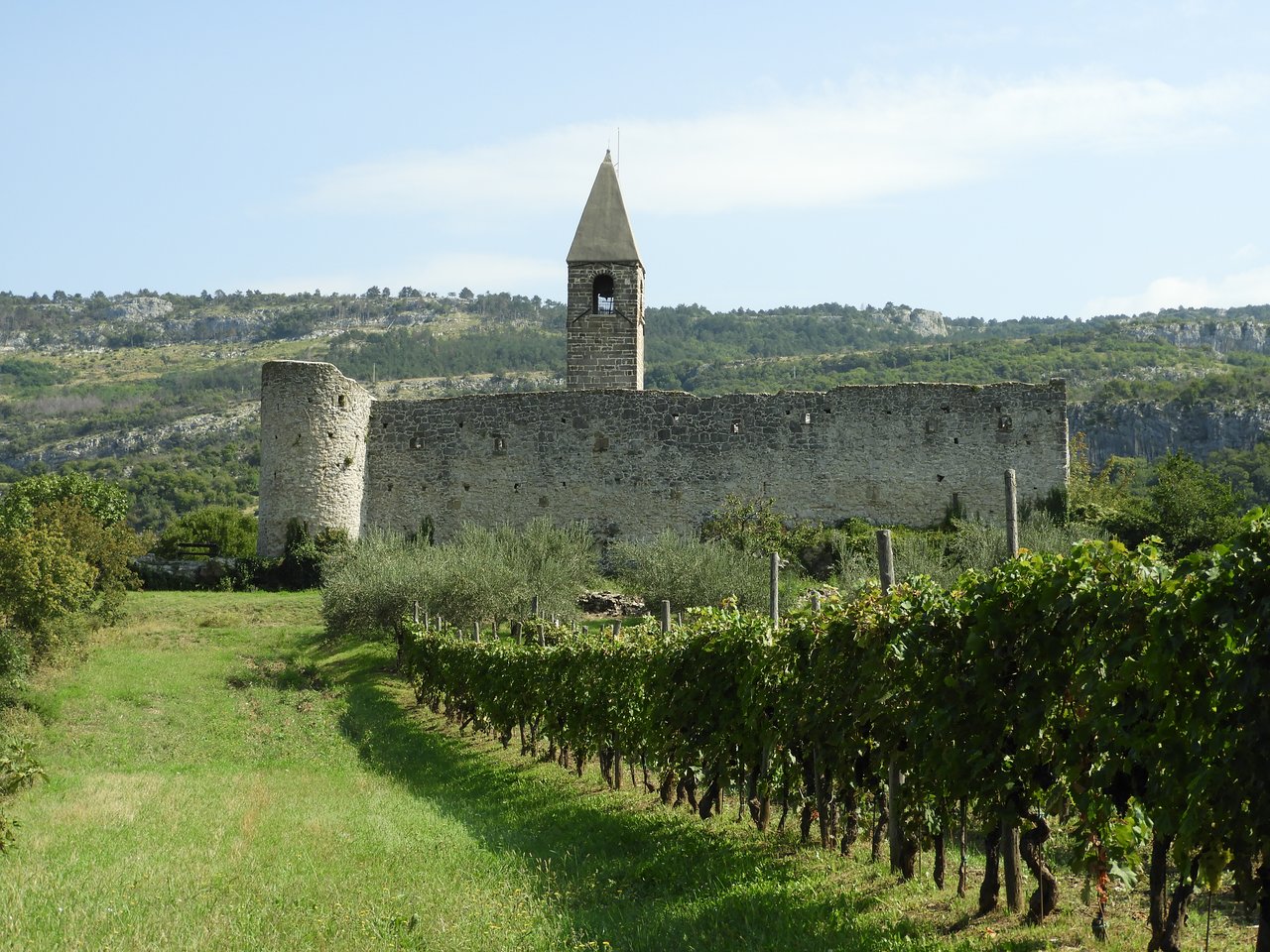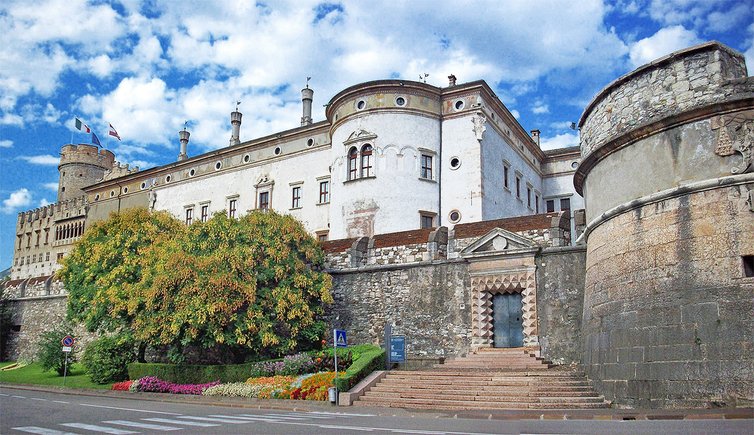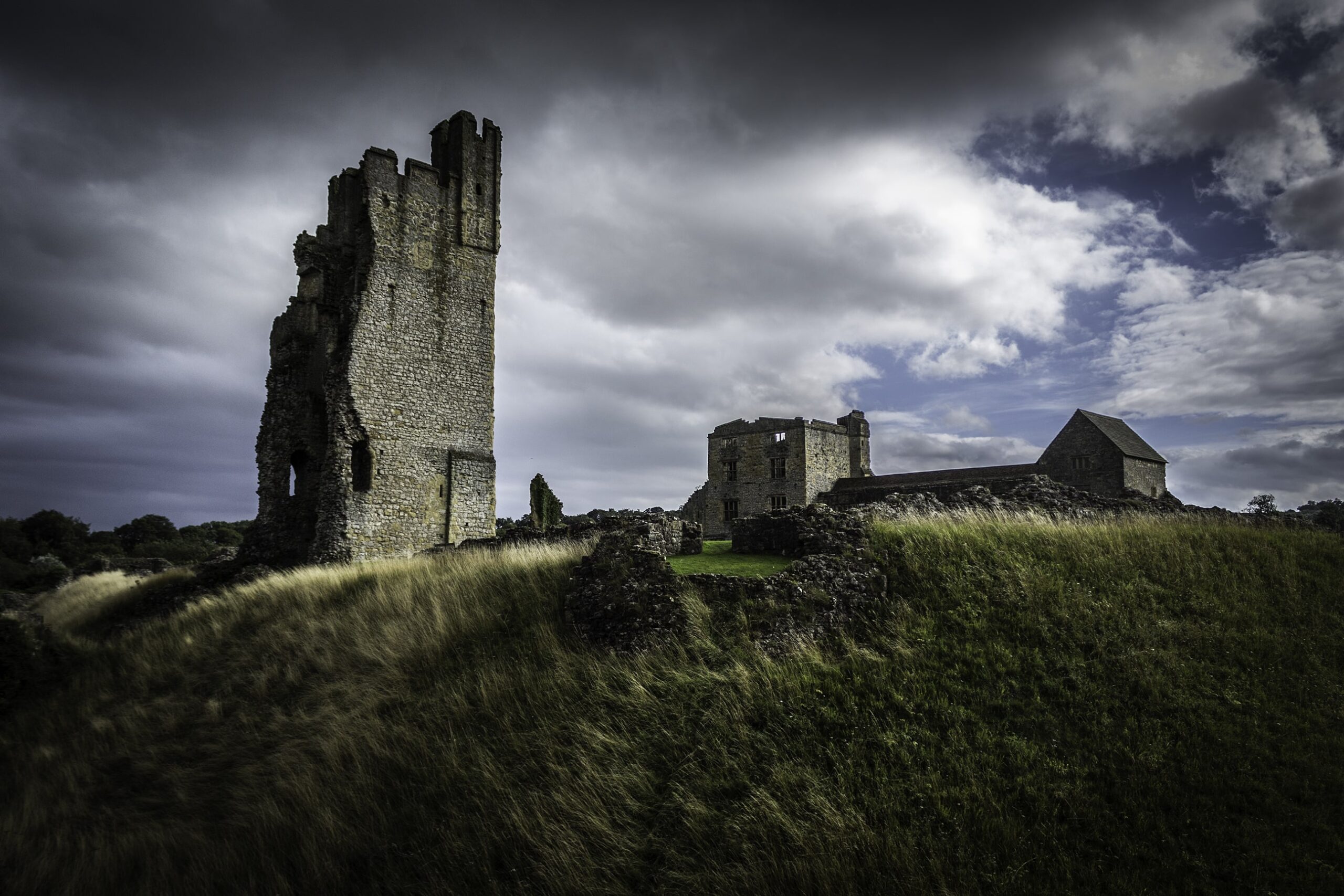Perched on a rocky spur of red jasper at the confluence of the Ceno and Noveglia streams, Bardi Castle dominates the valley in the town of the same name in the province of Parma and is part of the Circuit of the Castles of the Duchy.
Built in the late 9th century to protect the population from Hungarian invasions, the castle was remodeled several times over the centuries. It was the family of the Piacenza Landi counts, owners from the 13th to the 17th century, who made the most important extensions that transformed it from a medieval fortress to a Renaissance residence. Federico II, the last prince of the family, embellished it with frescoes, a valuable picture gallery with canvases by Botticelli and Parmigianino, coffered ceilings and a library.
Passed to the Farnese family, dukes of Parma, in 1862 the manor became a military prison and a few years later was given to the municipal administration.
The stone castle is built around the ancient 13th-century keep crowned by square corbels, which on the ground floor houses an exhibition on the legend of Soleste and Moroello, the two young lovers who were the protagonists of a tragic affair. In fact, it is said that Soleste, a young courtesan, threw herself from the Tower believing her Moroello to have died in battle, and that the knight who arrived shortly afterwards committed suicide from grief. Her spirit roams the walls of the ancient fortress, as photographs taken with a thermal imaging camera would attest.
Among the castle’s visitable rooms are the Ghiacciaia, the stone vascone connected by a trapdoor to the Piazza d’Armi above, from which snow was thrown; the Guardhouse, in which reproductions of armor, helmets and ancient weapons are on display; the Stables, known as the Grottoes and the patrol walkways erected by Manfredo Landi in the 14th century, with loopholes from which there is a splendid view of the landscape.
Not to be forgotten are the Cortile del Pozzo (Well Courtyard), the Granaries that host various exhibitions, the Secrets with the Torture Room, the Kitchens, the Clock Tower, the Cortile d’Onore accessed by a 17th-century two-flight staircase, and, inside the portico, the Princes’ Chapel with Federico Landi’s insignia on the mosaic floor.
The Halls of the Princes, with coffered ceilings adorned with monochrome friezes attributed to Girolamo Baroni, house the Museum of Valligiana Civilization, with exhibits reproducing the home environments and trades typical of rural life in the Ceno Valley between the late 19th and early 20th centuries. The Poaching Museum and the "P. Cella" Museum of the Alpini are also present.
